Dell XPS 13 Plus (2022) Laptop Review: A powerful ultraportable with unnecessary gimmicks
A superb thin and light laptop let down by middling battery life and a slightly gimmicky keyboard
-
+
Beautiful and lightweight
-
+
Crisp speakers
-
+
Bright display
-
-
Gimmicky keyboard controls
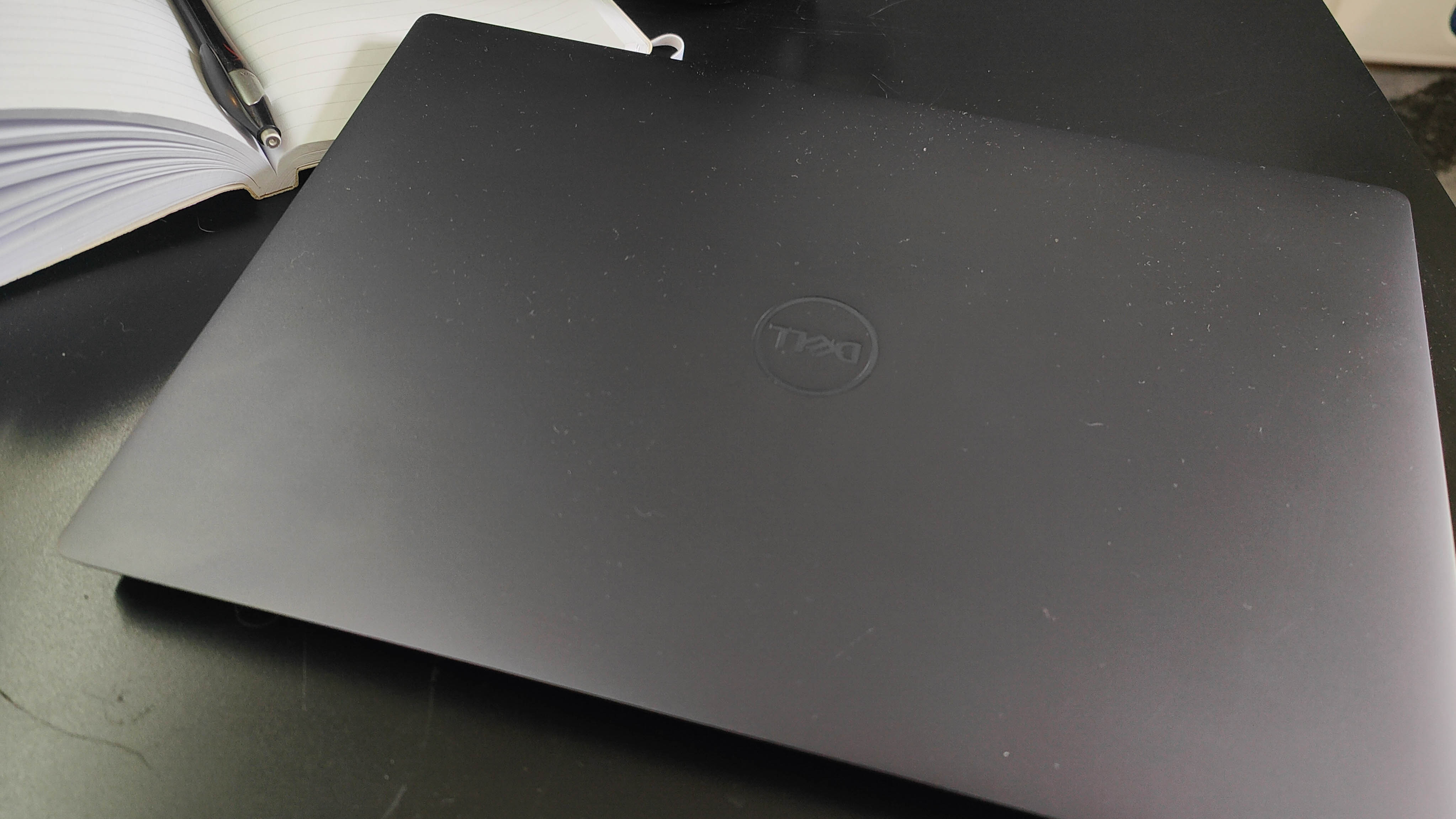
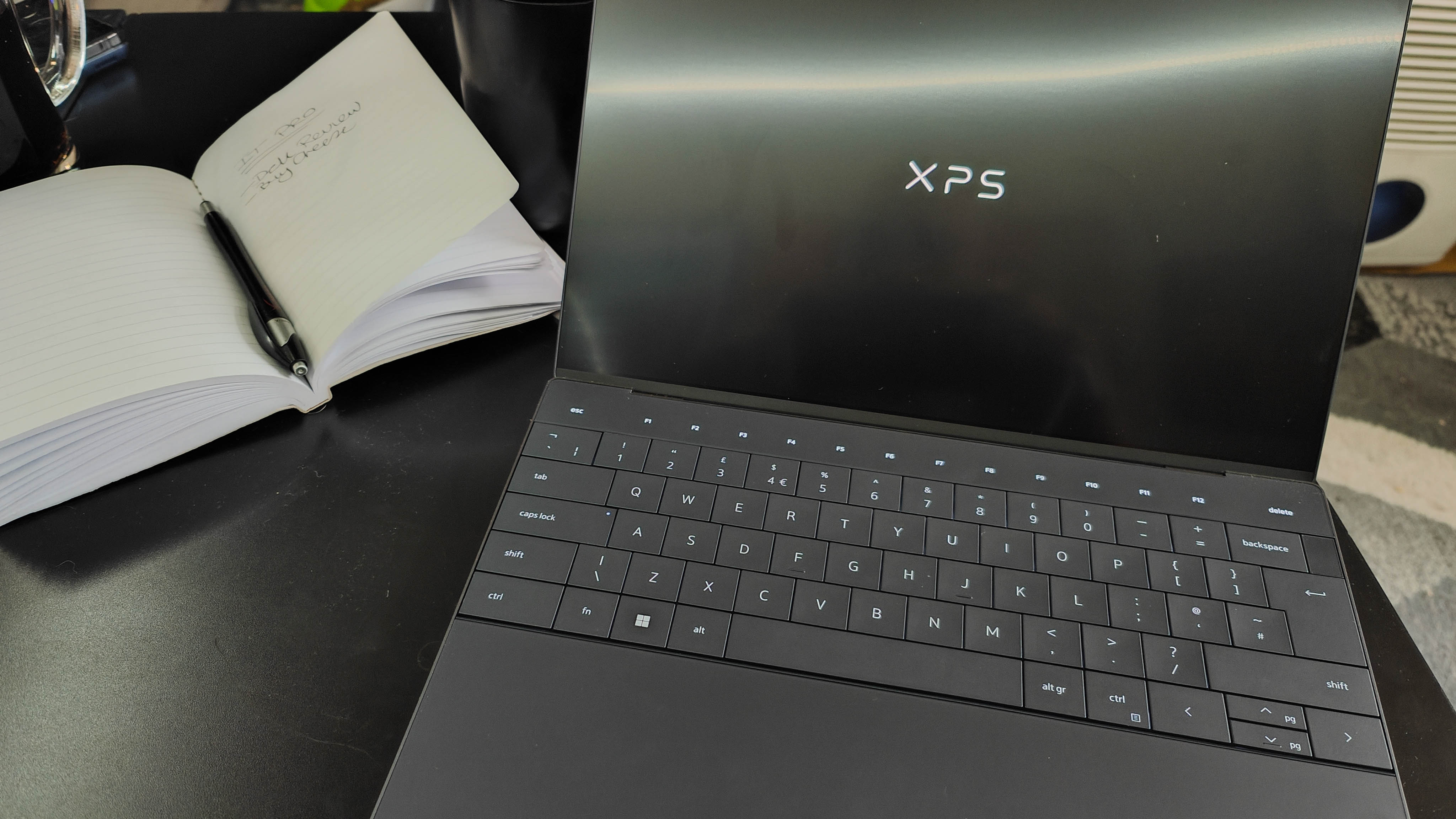
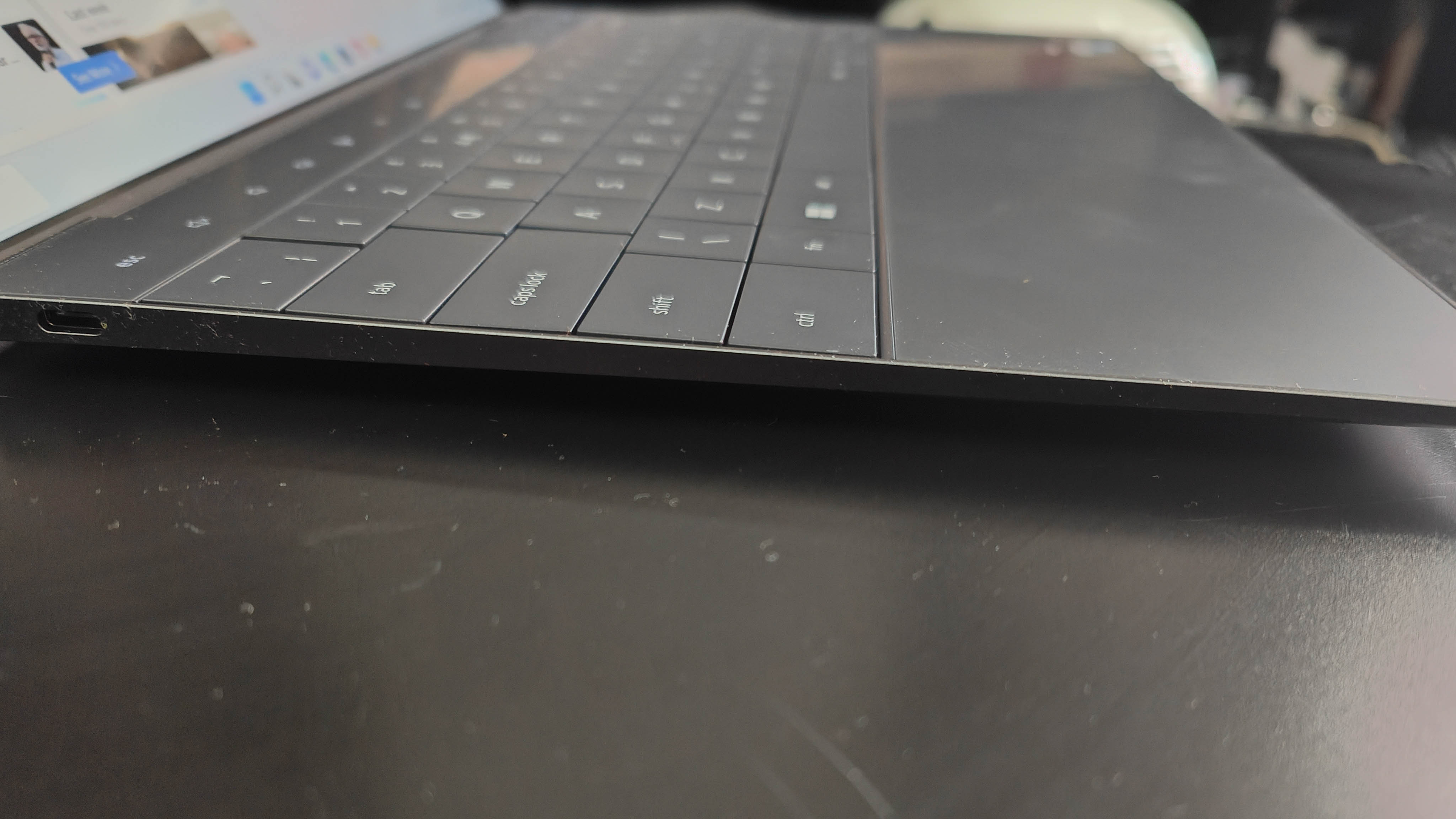
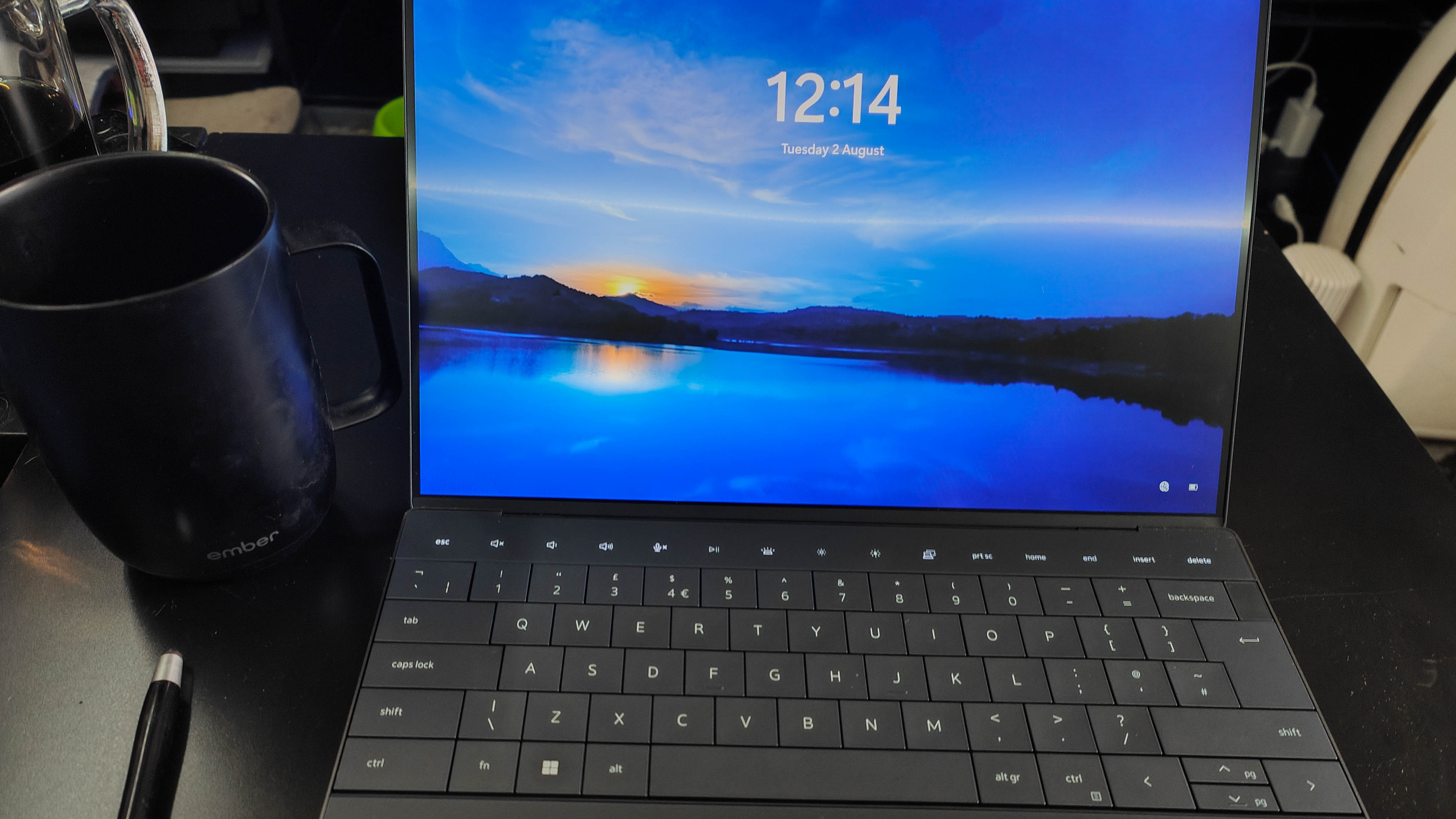
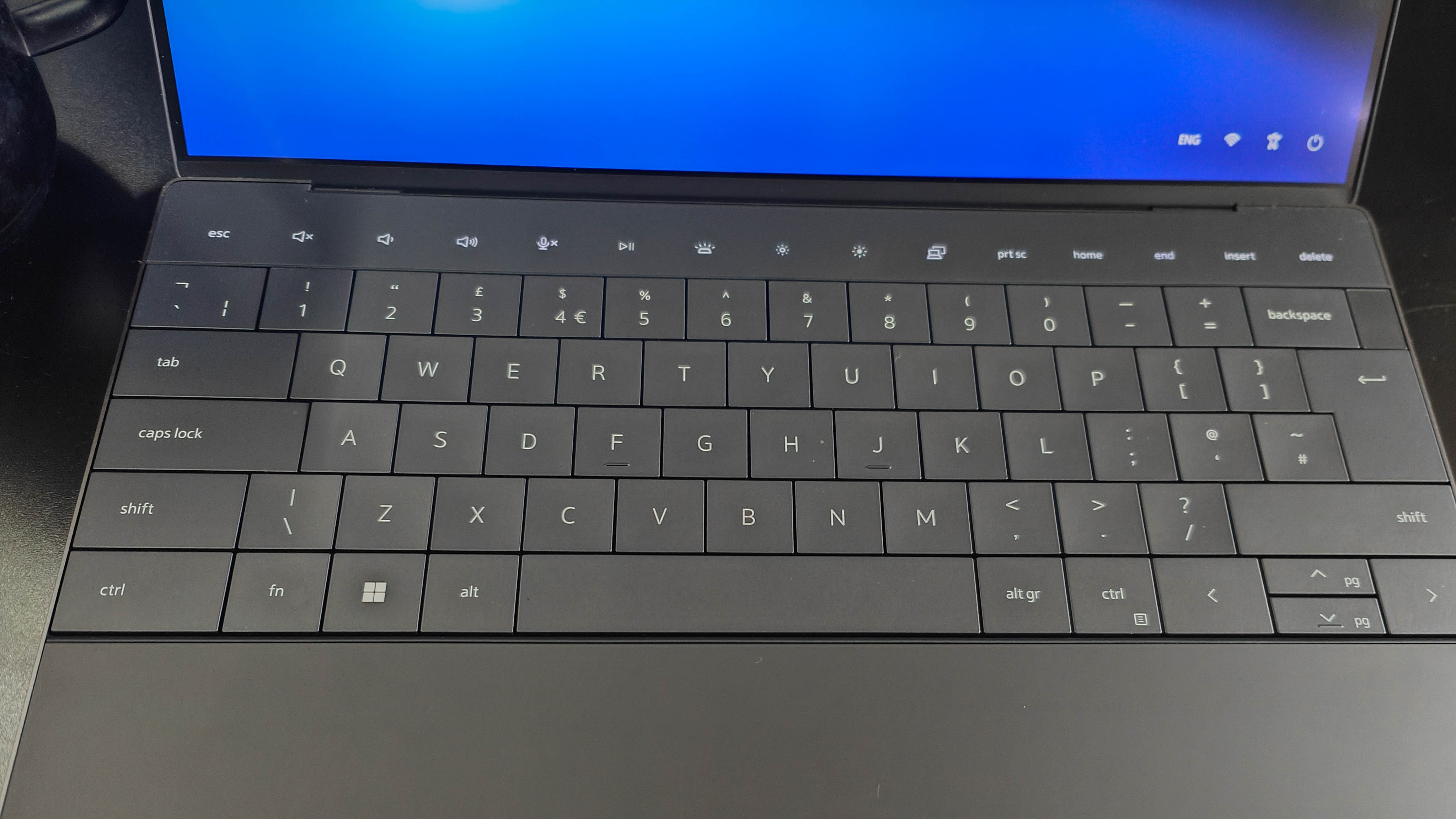
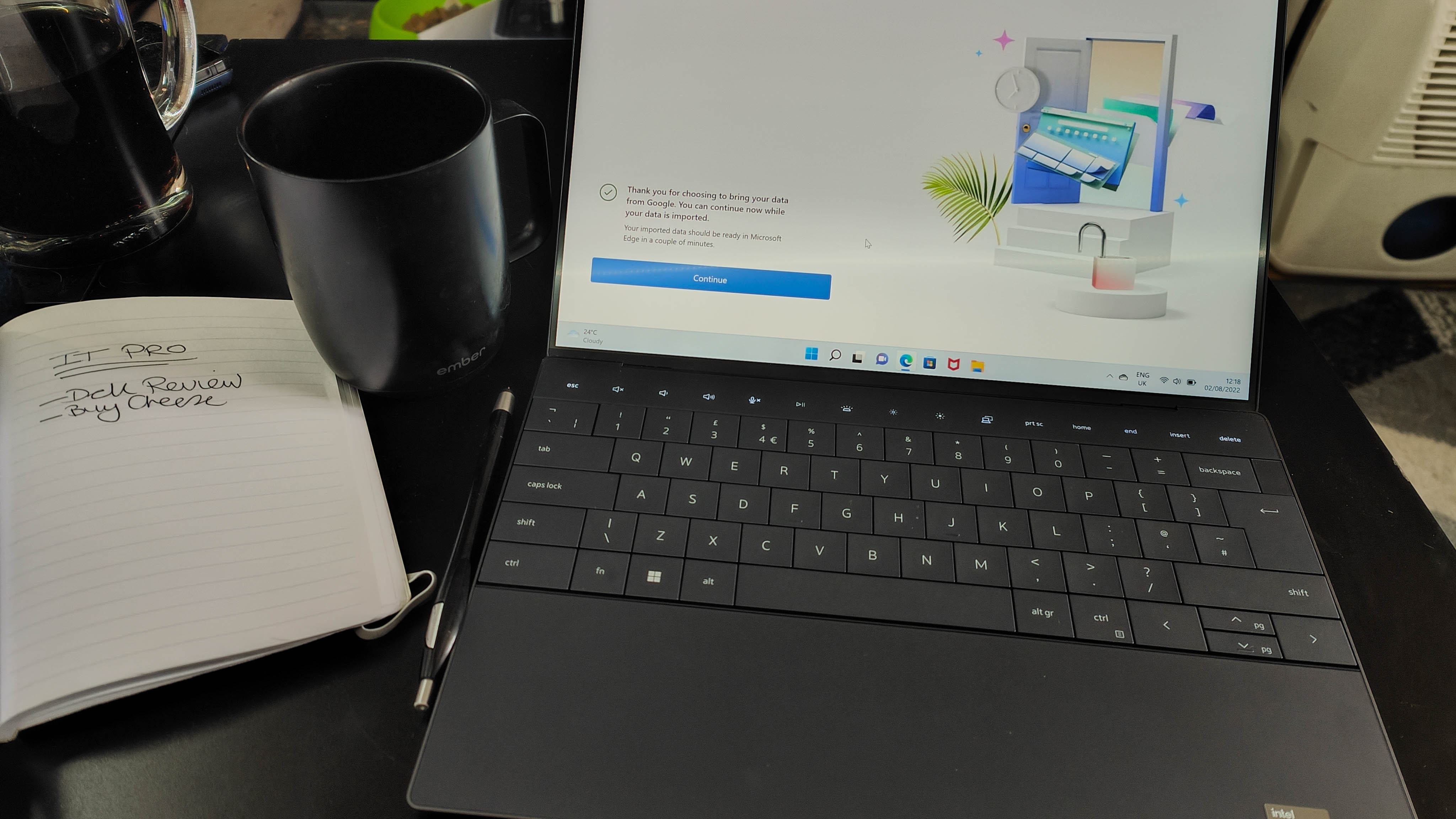
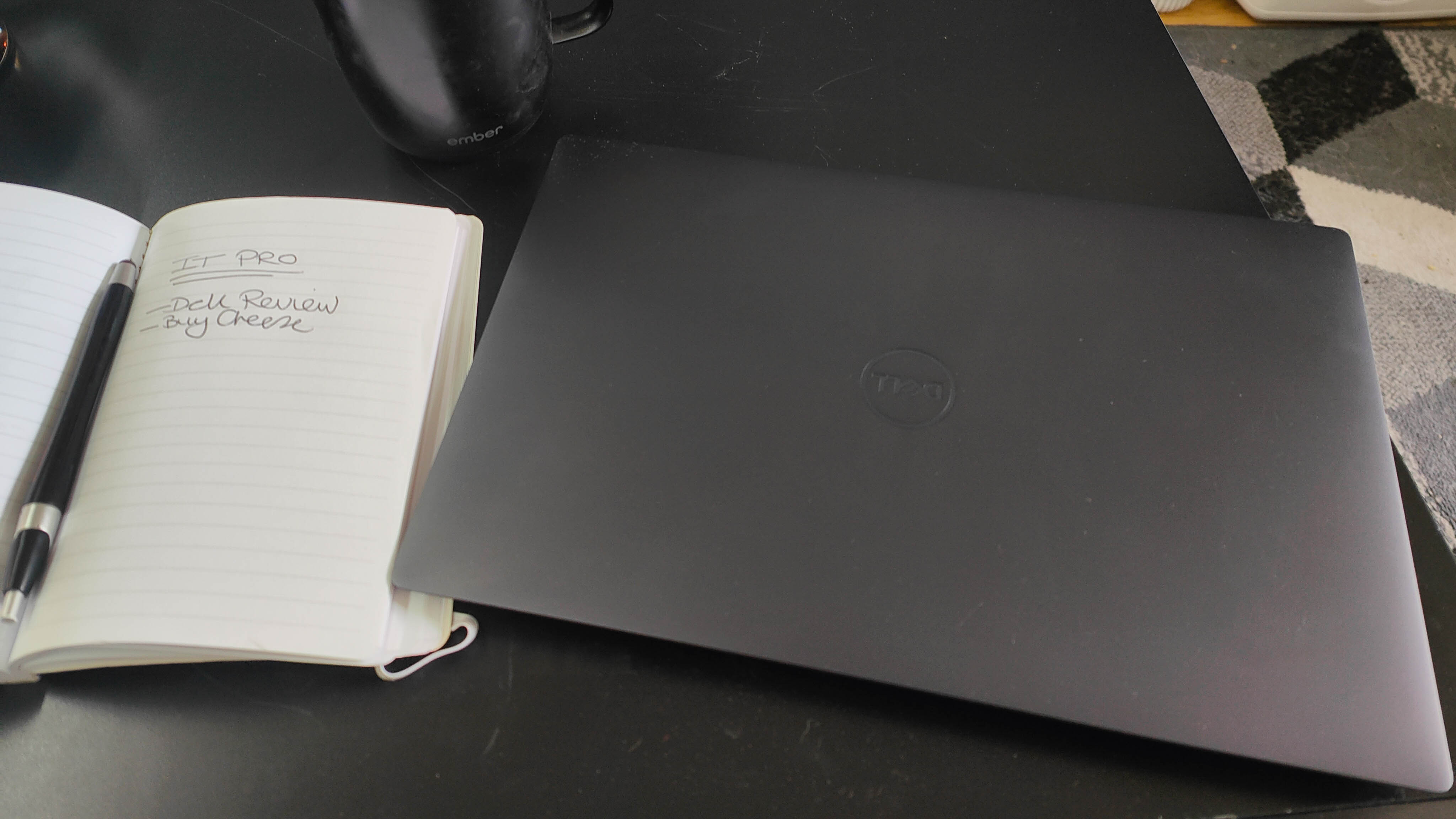
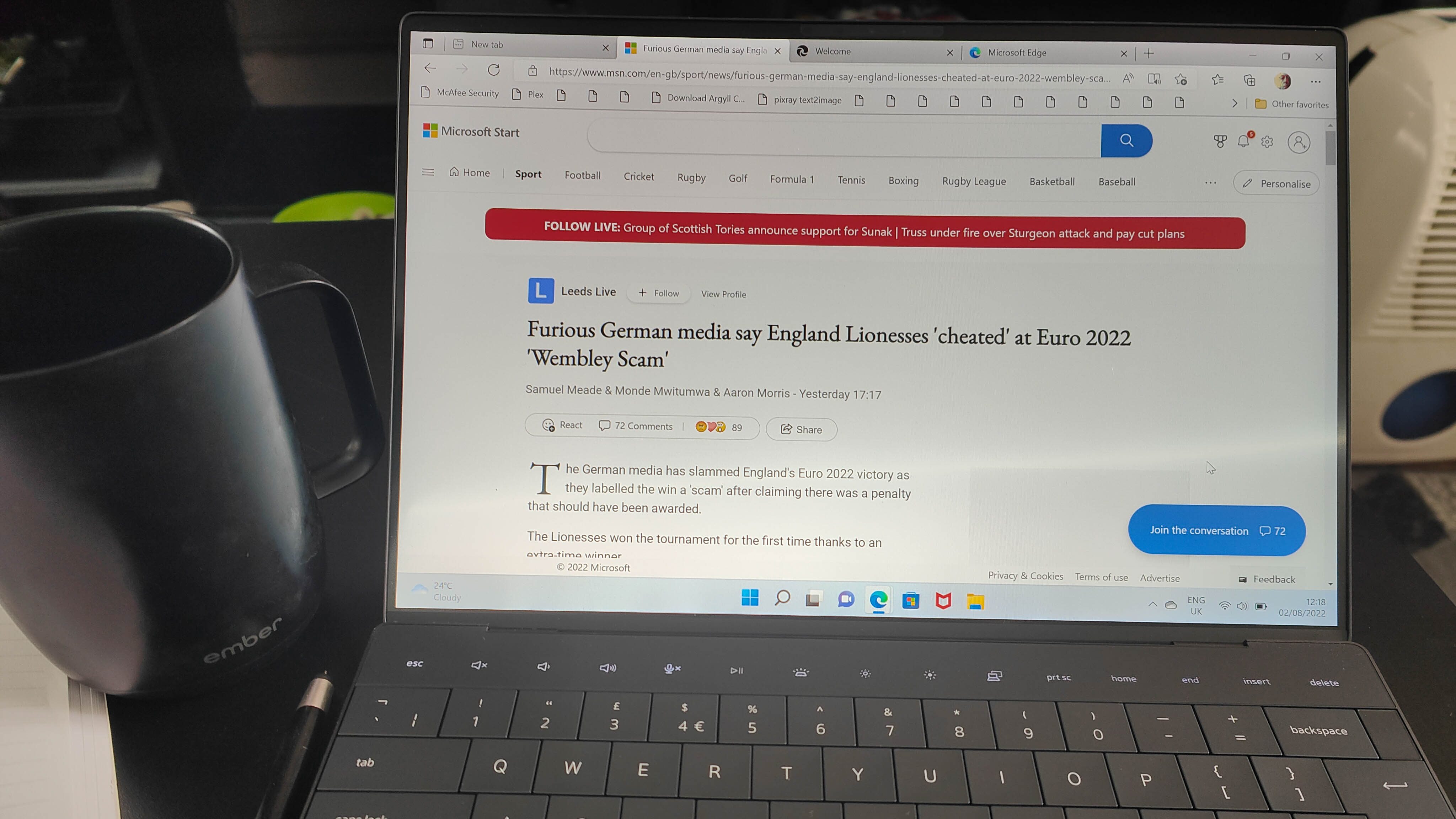
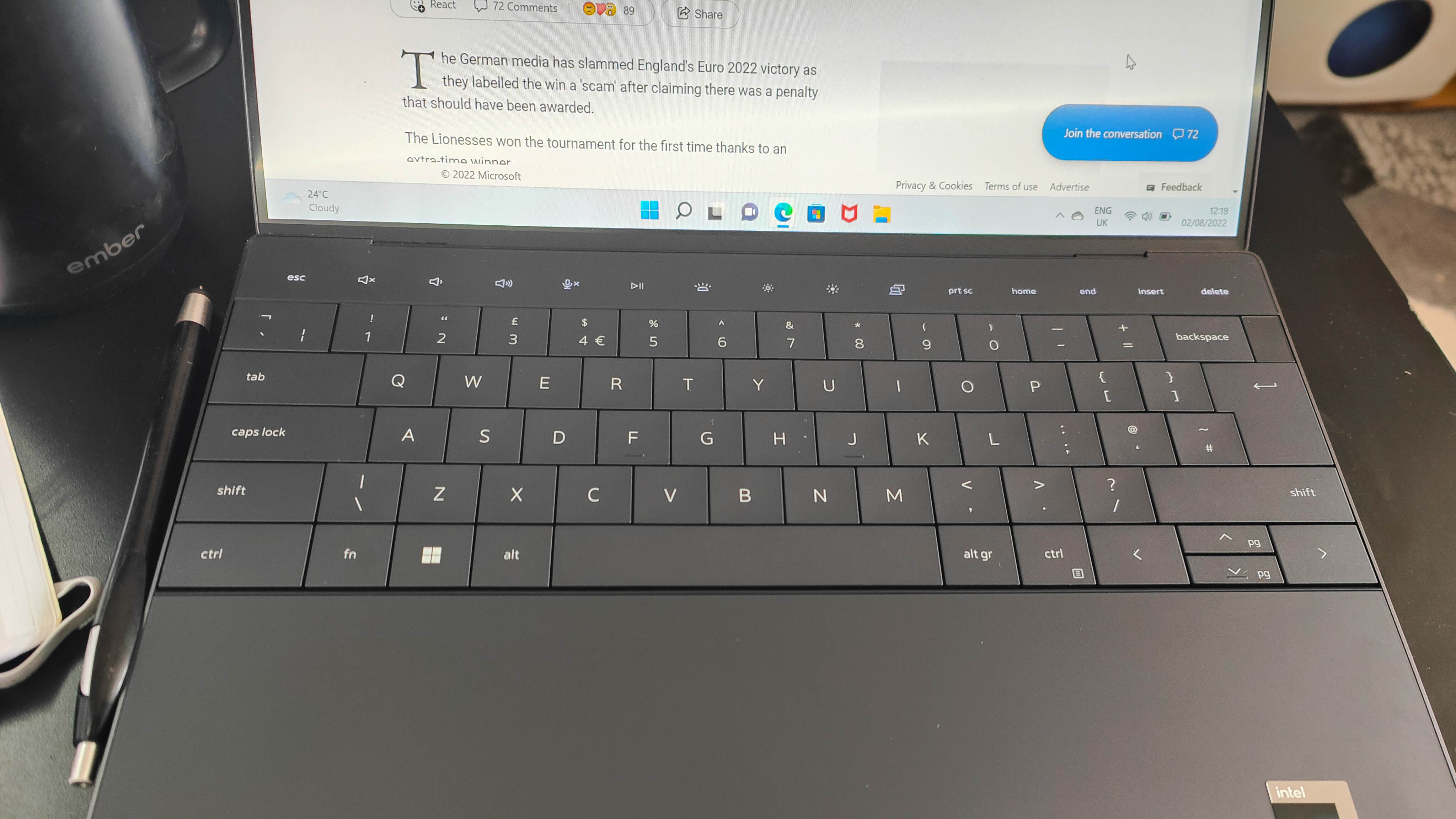
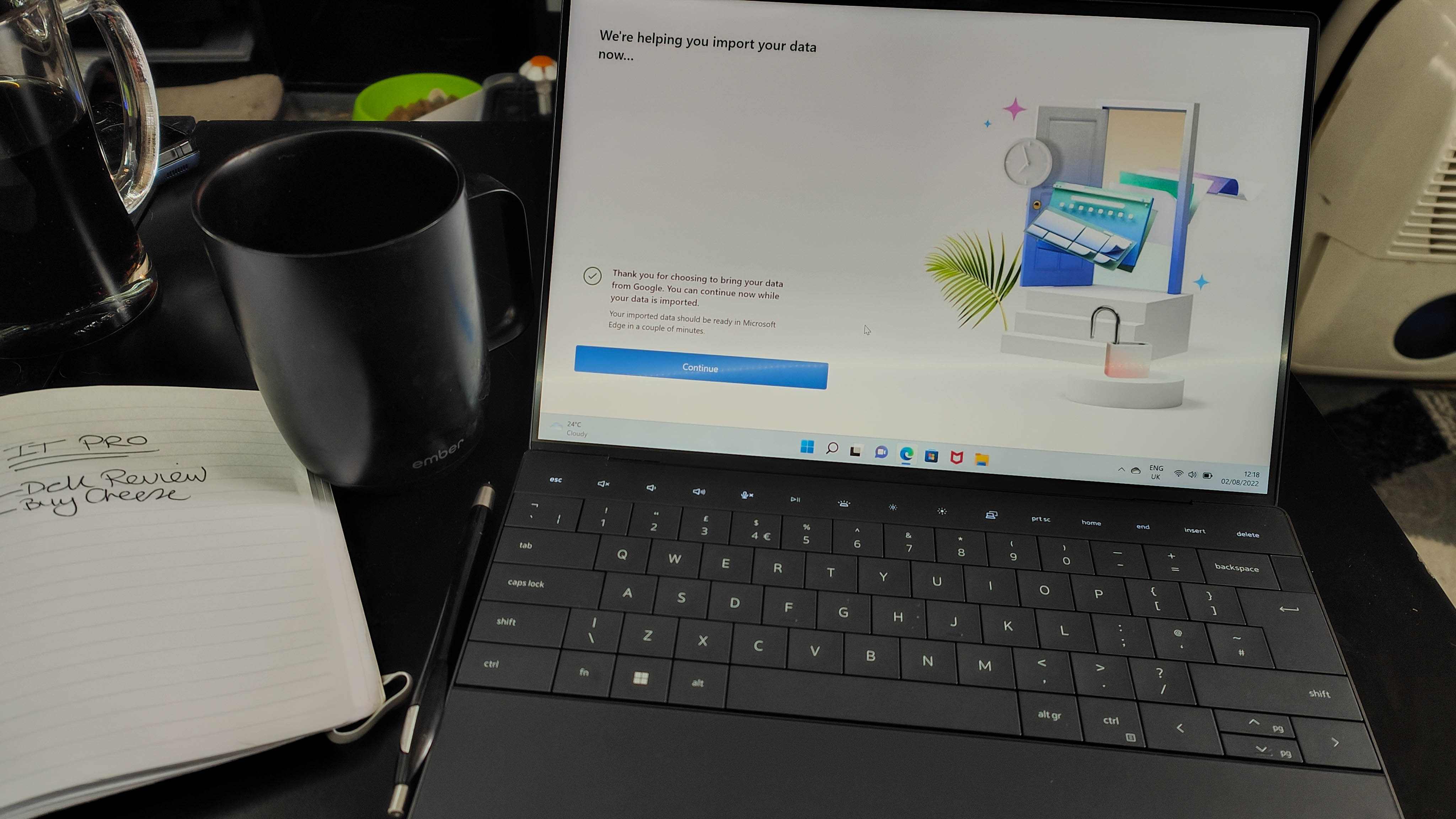
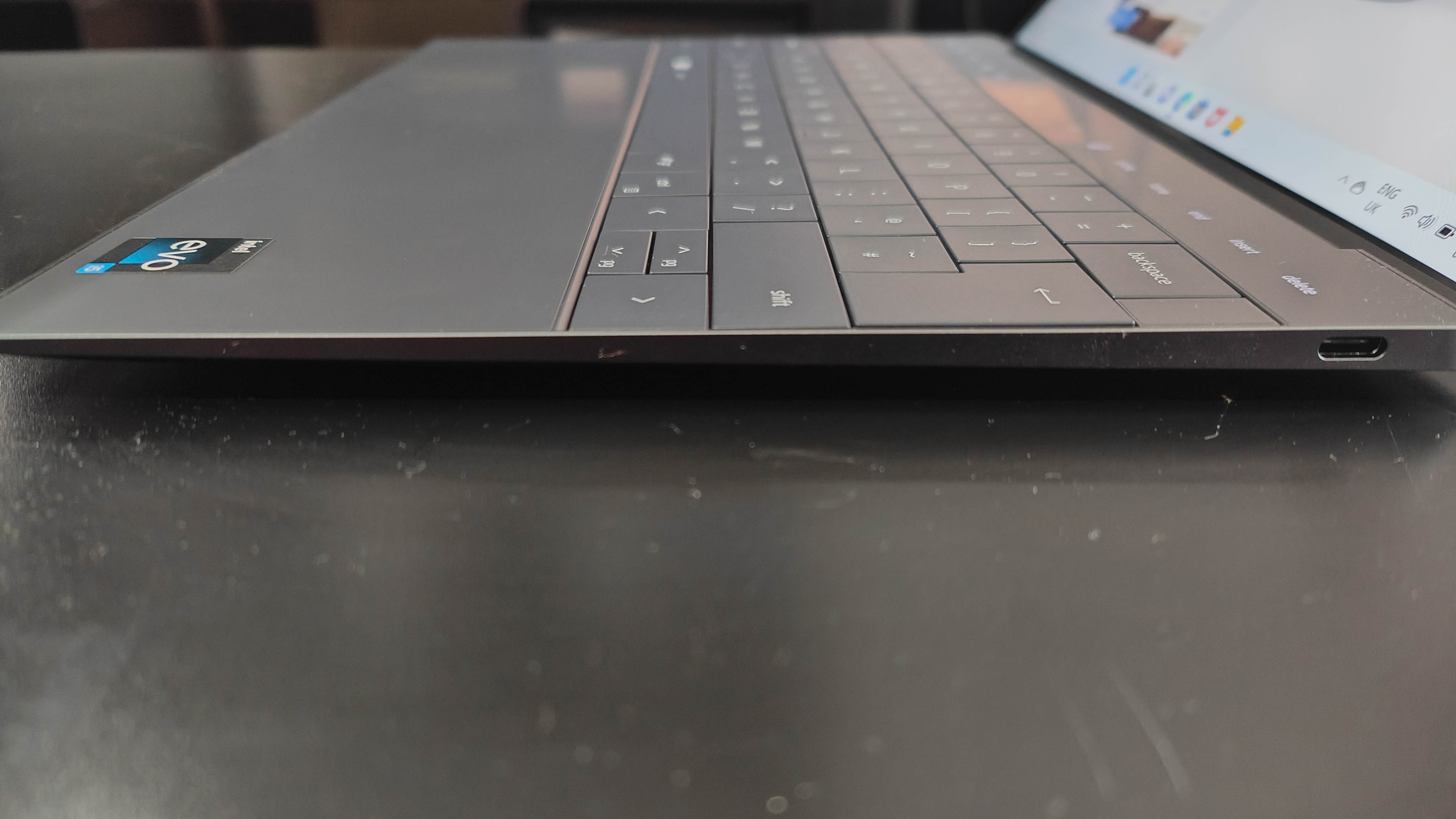
The XPS 13 has been a centrepiece of Dell's laptop range for several years now. For the 2022 'Plus' version, as well as bringing together the latest internal components, it also boasts a new 'haptic' row and touchpad built straight into the frame. But while there are benefits, in some ways, it's another example of change for the sake of it.
Dell XPS 13 Plus (2022) Laptop: Design
The first thing to say is that, as laptops go, the new XPS 13 Plus is a thing of beauty. The even weight distribution makes It feel lighter than its 1.23kg, (we could balance it on an index finger quite comfortably, and even the top-of-the-range 4K OLED version only adds an extra 30g) and its sleek contoured aluminium casing, measuring just 15mm, (available in Platinum or Graphite) is extremely pleasing.
The display is almost completely bezel-less and with only two USB-C ports breaking the flow, with the lid closed, it looks almost like a solid box. Sadly, so much effort has been done in creating this monolithic look, it does make it quite hard to find the right place to separate the clamshell - or to put it bluntly, it's a pig to open if you're not used to it.
Dell XPS 13 Plus (2022) Laptop: Display
The matte anti-glare finish makes the XPS 13 Plus' 1920x1200 FHD+ display very easy to view from a wide angle and the minimal bezels of the 'infinity display' complement the overall space-age design. Other variants in the range offer touchscreen functionality and 4K OLED displays, but these will push the price up and the battery life down - although the 4K models do boast full anti-reflection screen coatings.
The colour reproduction is excellent and picture quality is crisp enough that we didn't particularly miss having a 4K resolution - in our benchmarking, it scored a 1.08 colour gamut and an overall 0.36 accuracy score, both of which are well above average, but we were frustrated repeatedly by the lack of a touchscreen, which we felt would have been more efficient than the haptic route taken by Dell.

Unless you actively don't like touchscreens, we'd strongly recommend getting a variant with one. We were also a little underwhelmed that such a premium laptop doesn't offer stylus support - EMR, USI or otherwise, even on the touch versions - an unusual omission for Dell which has supported Microsoft Ink Workspace on many of its previous models
Dell XPS 13 Plus (2022) Laptop: Keyboard
The keyboard is one of this laptop's most important differentiators. We found the low-profile, responsive keyboard pleasing to type on, with the large, brightly backlit keys offering minimal resistance and a very natural spring-back after pressing. It manages to cram a full-sized, brightly backlit QWERTY into the diminutive space - far from a unique accomplishment, but a testament to Dell's attempts to make the XPS-13 a laptop for work.
At first glance, it appears that the four QWERTY rows represent the entire keyboard, but a closer look shows the XPS 13 Plus's secret weapon - a row of multifunction keys built into the chassis. As standard, these virtual keys are backlit with their function - volume, brightness, Prt Scrn etc, but with the function key depressed, they magically change to showing F1-F12 - giving the impression of a stripped-down version of Apple's abortive attempt at a contextual Touch Bar.
These keys are powered by Dell's new haptic functionality, which is the product of a Finnish start-up called Aito Touch. It gives the sensation of touch feedback, despite there being no physical button - it's similar to the way your phone vibrates slightly when you press a key. The haptic layer is less than 3mm thick, allowing Dell to shave a few more millimetres off the overall design.
This also explains the apparent lack of a touchpad - in actual fact, the entire area below the keys is the touchpad (once again powered by haptic feedback) which is best sensed when you get the sensation of clicking the left or right buttons, despite them not physically being there.

Unfortunately, the main reason we got such a good sense of how the haptics performs is that on more than one occasion during testing, they cut out for few moments, leaving us stabbing fruitlessly at the blank surface. It's a great shame, as in terms of a simulated experience, it's incredibly natural - but with such a crucial element, it needs to be perfect and it isn't quite there yet. Hopefully, a future patch will iron out the odd kinks we found, as its a promising idea otherwise.
Dell XPS 13 Plus (2022) Laptop: Specs and performance
It's inevitable that the thinner you make a laptop, the less room there is for ports - in this case, we're reduced to two USB-C ports - ditching the SD card reader and headphone jack of earlier iterations. The good news is that they're both fully featured - with support for Thunderbolt 4, DisplayPort and USB power delivery at 60W - unlike some machines, including previous generations of XPS laptops, which have only basic functionality on the port earmarked for charging. Here, you can do everything with either - and it does make a significant difference when it comes to arranging your peripherals.
Our test unit is an entry-level configuration, with a 12th Gen Intel Core i5-1240-P processor and Integrated Intel Iris Xe Graphics. Other variants offer Core i7 processors and up to 32GB of DDR5 RAM, compared with the 8GB we had to work with. Storage options are all solid-state and start at 512GB 4th generation PCIe but you can upgrade to 1TB and 2TB NVMe options if you fancy another small speed boost.
Even the bottom-end configuration on test is no slouch though, and it did an impressive job of our benchmarks. Our normalised test scores gave us an image editing score of 400, video editing clocked in at 217 and Multitasking scored 329, giving an overall score of 303. The MSI Prestige 14in which we reviewed recently runs the same processor with Nvidia graphics and twice the memory, yet scored just 254 - a good mark in its own right, but lacking compared to the XPS.
Geekbench testing gave us single and multi-core results of 1,180 and 4,890 - significantly lower than the MSI, and a reminder that while these latest generation chips are a huge performance booster, they're only part of the story. We can imagine that the Core i7/32GB variant would likely blow the competition away.
Dell XPS 13 Plus (2022) Laptop: Battery
We were less impressed with stamina - our continuous battery-life test clocked in at a disappointing 7h 39m, and considering the screen specs, we'd have expected it to last longer. Real-world battery life is usually considerably less than our lab tests, so it will be down to the power-saving features in Windows 11 to redeem it as an all-day laptop. In our active use tests, it lasted the day, but only just - we certainly wouldn't risk a full work day without the charger handy. As ever, we'd expect some use cases to vary the overall battery life significantly, depending on your preferences such as brightness and what workload you're putting on it.
Dell XPS 13 Plus (2022) Laptop: Ports and features
There's a single 720p 30fps webcam with a secondary 400p IR camera which, we're told makes the RGB clearer. It produces an adequate video calling experience and works very well for facial recognition via Windows Hello.

We're singling out the speakers for special praise, however, as the quality of the music reproduction makes the most of the 2W stereo speakers. These are bolstered by dedicated sub-woofers, removing at least some of the usual "tinny" laptop tone. Most manufacturers treat speakers as an afterthought so this was a nice surprise. There's also a pair of stereo microphones, so you can give as good as you get in terms of audio.
Connectivity comes from an Intel Killer AX211 Wi-Fi 6 card bolstered by Bluetooth 5.2, both of which offered us solid, speedy communication. We'd like to have seen eSIM support, or at least a SIM slot on such a portable machine, but it's a small niggle.
Windows 11 is installed out-of-the-box, with Home, Business and Enterprise options available. Alternatively, a developer edition with Ubuntu pre-installed will please both programmers and the open-source community.
Dell XPS 13 Plus (2022) Laptop: Verdict
There's undoubtedly a lot to like about the XPS 13 Plus. It has the feel of a laptop that wants to be used, and that makes you want to use it even more. The screen and speakers are undoubted standouts compared to many other devices in the same class, and the performance is slick enough to satisfy all but the most demanding workloads.
However, the hybrid-haptic keyboard idea feels like a mission in style over substance - it's impressive at doing what it does, but we're left questioning whether it's adding anything new to the party (fancy backlighting aside). If there was some tangible benefit to it beyond shaving perhaps a millimetre off the chassis, then we'd be more enthusiastic, but given that it takes a lot of getting used to and is prone to cutting out, it feels like a bit of a gimmick.
On the other hand, let's not lose sight of the fact that this is a lovely machine, with a lot to recommend it. If you can stand the steep learning curve of the haptic surfaces, or are willing to be mildly put out until there's a firmware fix, you could do a lot worse than the XPS 13 Plus. It's definitely a machine to consider - but if you're thinking of buying it for its major differences, it might be worth holding off - bleeding edge isn't always the solution.
Dell XPS 13 Plus (2022) Specifications
| Processor | Intel 12th Gen i5 1240-P |
| RAM | 8GB, 16GB, 32GB |
| Graphics adapter | Intel Iris Xe on-board |
| Storage | 512GB, 1TB, 2TB |
| Screen size (in) | 13.4in |
| Screen resolution | 1920x1200 |
| Screen type | 4K OLED 60Hz FHD+ |
| Touchscreen | Yes |
| Pointing devices | No |
| Memory card slot | No |
| 3.5mm audio jack | No |
| Graphics outputs | No |
| Other ports | 2 x USB Type-C (Thunderbolt 4, DP and 60w power delivery) |
| Web Cam | 720p |
| Speakers | 2W stereo speakers |
| Wi-Fi | Wi-Fi 6 |
| Bluetooth | 5.2 |
| NFC | No |
| Dimensions | 295.3 x 199.04 x 15.28mm (WHD) |
| Weight | 1.23kg |
| Battery size (Wh) | 55Wh |
| Operating system | Windows 11 |
Get the ITPro daily newsletter
Sign up today and you will receive a free copy of our Future Focus 2025 report - the leading guidance on AI, cybersecurity and other IT challenges as per 700+ senior executives
Chris Merriman has been writing about technology since the 1990s for a variety of titles including Computer Shopper, MSN, TechRadar, Tom’s Guide and The Inquirer, where he broke a number of major tech news stories that were picked up globally. He has appeared on BBC, Sky News and Al Jazeera and was the resident tech expert at TalkRadio for a number of years. In between times, he has also been a consultant for several major tech firms.
Chris is fascinated by automation and the internet of things, as well as the evolution of the ways we communicate in the digital era. He's also a frequent contributor to ITPro's software guides, including Windows operating systems. Other specialisms include storage, peripherals, and web apps, and any gadget he’s allowed to take apart and fiddle with, preferably after throwing away the box, manual and receipt.
-
 ‘Phishing kits are a force multiplier': Cheap cyber crime kits can be bought on the dark web for less than $25 – and experts warn it’s lowering the barrier of entry for amateur hackers
‘Phishing kits are a force multiplier': Cheap cyber crime kits can be bought on the dark web for less than $25 – and experts warn it’s lowering the barrier of entry for amateur hackersNews Research from NordVPN shows phishing kits are now widely available on the dark web and via messaging apps like Telegram, and are often selling for less than $25.
By Emma Woollacott Published
-
 Redis unveils new tools for developers working on AI applications
Redis unveils new tools for developers working on AI applicationsNews Redis has announced new tools aimed at making it easier for AI developers to build applications and optimize large language model (LLM) outputs.
By Ross Kelly Published
-
 Google layoffs continue with "hundreds" cut from Chrome, Android, and Pixel teams
Google layoffs continue with "hundreds" cut from Chrome, Android, and Pixel teamsNews The tech giant's efficiency drive enters a third year with devices teams the latest target
By Bobby Hellard Published